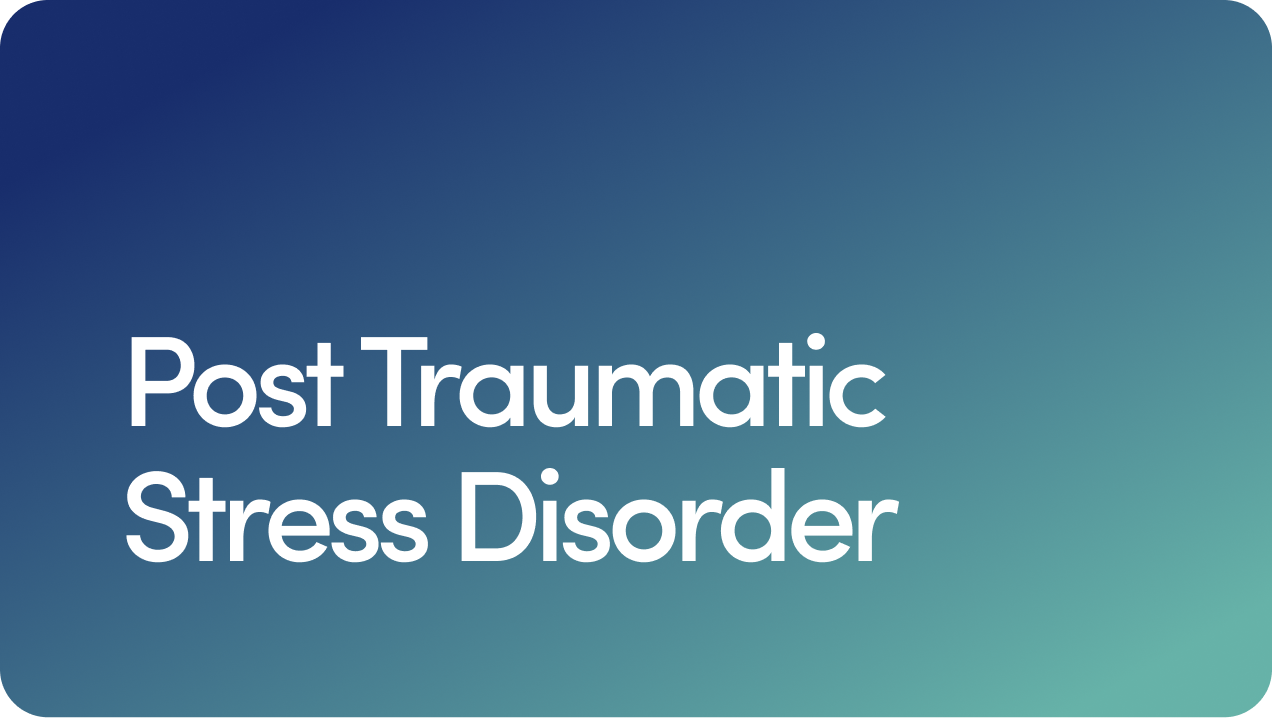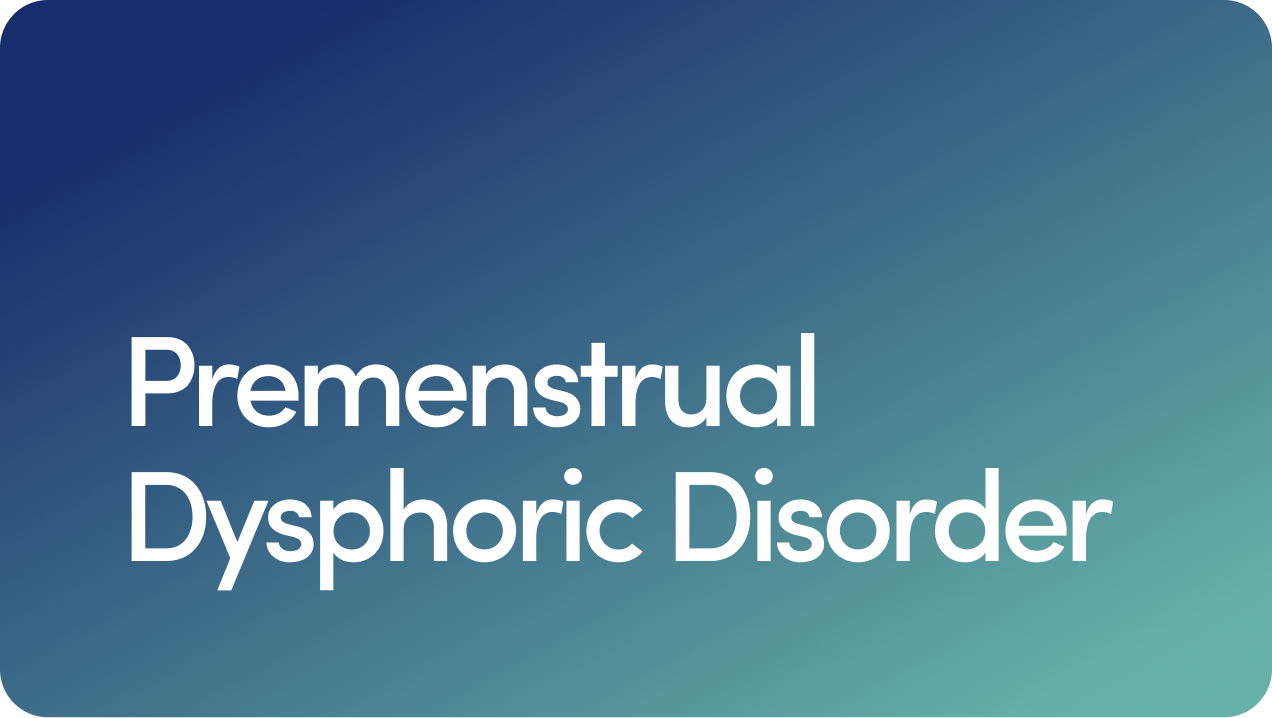How to Find a Therapist: A Step-by-Step Guide
Whether you're working through anxiety, depression after a breakup, a big life transition, or something else, going to therapy can be a game-changer.
Overview
Whether you're working through anxiety, depression after a breakup, a big life transition, or something else, going to therapy can be a game-changer. But before you can reap those benefits, it’s necessary to find a therapist. You might be wondering: How do I find a therapist near me? Or better yet: How do I find the right therapist for my needs and personality?
Those are huge questions—and they’re a crucial part of the process. In fact, research from the American Psychological Association (APA) shows that your connection with your therapist is just as important as the type of treatment they use.
Ahead, we’ll walk you through everything you need to know, from preparing for your search and understanding different therapy styles to accessing resources that can connect you with mental health care. We'll also share what to ask a therapist before booking a session so when you do find the right therapist, you’ll feel confident moving forward.
Steps to Take Before Finding a Good Therapist
Before you even start your search, there are some steps worth taking to help you narrow down your options and increase your odds of finding a fit.
Think About Why You’re Seeking Therapy
Therapy isn’t a one-size-fits-all solution. The type of support you need can shape what kind of therapy (and therapist) will work best for you.
Are you struggling with anxiety or depression? Navigating some professional issues? Undergoing a midlife crisis? Grieving? Identifying your primary reason for seeking therapy will help narrow your search.
Many online directories let you filter therapists by specialty, whether that’s trauma, ADHD (attention-deficit/hyperactivity disorder), eating disorders, or something else. So having a sense of what you need support with can make your search way more efficient.
Get Familiar With Different Types of Therapy
Once you know why you’re seeking therapy, it helps to understand the different approaches therapists use. You’ll often see these referred to as "modalities" in their bios. Knowing which style resonates with you can help you find a therapist whose approach aligns with your needs.
Here are some of the most common types of therapy:
Cognitive behavioral therapy (CBT): Ever feel stuck in a loop of negative thoughts or behaviors? CBT is a form of talk therapy that helps break those patterns by identifying and challenging them. It’s especially effective for addressing anxiety, depression, and habits you want to change.
Dialectical behavior therapy (DBT): A cousin of CBT, DBT focuses on mindfulness, emotional regulation, and staying present. It’s often used for anxiety, emotional dysregulation, and borderline personality disorder.
Interpersonal therapy: If your biggest stressors involve relationships—romantic, family, or work—IPT helps you improve communication, set boundaries, and navigate social challenges.
Psychodynamic therapy: This is a deep-dive form of therapy where you explore how past experiences (including childhood) and unconscious thoughts shape your current emotions and behaviors.
Eye movement desensitization and reprocessing (EMDR): This one is great for trauma and PTSD. It helps process traumatic memories by using eye movements to reframe how the brain stores those memories.
Exposure therapy: This type of therapy helps people confront and gradually become desensitized to the things that trigger their anxiety or fear. The idea is that by facing these fears in a controlled, safe environment, the anxiety associated with them can diminish over time. It's commonly used for phobias, PTSD, and OCD (obsessive-compulsive disorder).
Learn more: Cognitive Behavioral Therapy (CBT): What It Is and How It Works
Understand Therapist Credentials
Therapists have different backgrounds and training, which can influence their approach. Understanding these distinctions can help you decide what type of professional might be the best fit and what you're most comfortable with.
Here are some common credentials you’ll come across:
Licensed Professional Counselor (LPC): Specializes in talk therapy for individuals and couples.
Licensed Mental Health Counselor (LMHC): Focuses on treating mental health conditions through counseling.
Licensed Clinical Social Worker (LCSW): Can provide therapy and connect clients to additional social resources.
Licensed Marriage and Family Therapist (LMFT): Specializes in relationship and family dynamics.
Psychologist (PhD or PsyD): Conducts therapy, assessments, and research but does not prescribe medication.
Psychiatrist (MD or DO): A medical doctor who can prescribe medication in addition to providing therapy.
Learn more: Psychiatrist vs. Psychologist vs. Therapist
Consider the Financial Side
According to the APA, many people say they don’t seek help because they can’t afford it. Therapy is an investment, and cost can be a real barrier. But there are ways to make it work on any budget.
Here are some ways to make it more affordable:
Check your insurance. If you have insurance, see what coverage there is for mental health services. Call your provider or check their website to see what’s covered and which therapists are in-network.
Look into employee benefits. If you have a job, see if your company offers an Employee Assistance Program (EAP), which may provide free or discounted sessions.
Explore online therapy. Virtual therapy tends to be more affordable than in-person sessions, plus it’s flexible and convenient. Psychiatry is also available in an online format and could be a good resource if you may need medication. Hers offers access to psychiatry online, if you're interested in exploring this option.
Ask about sliding scale options. Many therapists offer reduced rates based on financial need—don’t be afraid to ask.
Consider group therapy or support groups. Group therapy, led by licensed professionals, is often a more affordable option than one-on-one sessions. Additionally, community-based support groups (like those offered by NAMI, Alcoholics Anonymous, or grief support organizations) can sometimes be free or low-cost, and provide a great sense of connection.
How to Find the Right Therapist: 5 Tips
Finding the right therapist can feel a little overwhelming. Here’s where to start.
1. Ask for a Referral
Sometimes, the easiest way to find a good therapist is through someone you already trust, like your primary care doctor or another healthcare provider you see regularly. You don’t have to spill all the details if you don’t want to. A simple, “I’m looking for a therapist—do you have any recommendations?” is enough.
If it feels right, you can also ask a friend or family member. Maybe they’ve worked with someone great or know someone who has. And if they’re in therapy themselves, they can even ask their therapist for a recommendation on your behalf so you can start therapy that works for you.
2. Use Online Resources
If you’re more of a “do it myself” kind of person, online directories can be a goldmine. Many allow you to filter by location, specialty (like anxiety, depression, trauma, or relationship issues), and even therapy style.
Many of these databases will allow you to search by location and specialty—for example, relationship issues, depression, anxiety, substance abuse, addiction, sexual abuse, etc.
Below are some great places to start:
Psychology Today's Find a Therapist
The American Psychological Association's Psychologist Locator
The Anxiety and Depression Association of America’s Find a Therapist
The American Association for Marriage and Family Therapy’s Therapist Locator
Learn more: A Complete Guide to Medication for Anxiety
3. Look at Your Insurance Network
If you have health insurance, it’s worth checking to see if therapy is covered (even if just partially). Most insurance providers have a directory of in-network therapists, which can save you money.
Not sure if a therapist is covered by your insurance? Give your insurance company a quick call and ask. They can confirm coverage and let you know about any potential out-of-pocket costs.
If your ideal therapist isn’t in-network, check if you have out-of-network benefits (this means your insurance might still cover part of the cost. Some therapists also offer superbills, which let you submit claims for reimbursement.
4. Interview Prospective Therapists
Once you’ve found a few potential therapist options, it’s time for a quick consultation. Most therapists offer a free 10- to 15-minute phone call to help you both figure out if it’s a good fit.
Using this time to explain why you’re seeking therapy and asking some questions can help you feel more confident in your decision.
Here are some great questions to ask:
What’s your training and background? Yes, it’s totally okay to ask about their qualifications and specialties. Different therapists have different approaches, and you want someone who aligns with what you need.
What types of treatment therapy would you use with me? This will help you understand their style—whether it’s CBT, psychodynamic therapy, or something else entirely.
What does treatment with you look like? You can follow up by asking about session length, frequency, and what a typical session might involve, or anything else that may help you prepare. You should also ask how many sessions in total the therapist expects you’ll need. Some therapies, like CBT, are considered brief and have a more-or-less fixed length. Other therapies are more flexible and may take longer.
How will we track my progress? It will set you up for success if you have a solid understanding of what progress in therapy could look like for you. Of course, therapy isn’t always linear, but having a general idea of how a therapist will measure your progress can help set expectations.
What are your session fees? Even if a therapist is in-network, it’s good to confirm costs up front and ask if they offer sliding scale fees, if needed.
You should also feel free to ask any other questions you may have. Therapy relies quite a bit on trust and asking questions can help build that.
And don’t be afraid to trust your gut. If something feels off, it’s okay to keep looking!
5. Give It Time to See If It’s a Good Fit
Starting therapy is a little like dating—you won’t always know if it’s a match after just one session. Give it a few appointments to see how you feel and whether you and your new therapist are gelling or not.
You should start to feel comfortable, heard, and supported. If you don’t? That’s okay! Sometimes, it takes a couple of tries to find the right person. And a good therapist won’t take it personally if you decide to move on. You don’t need to worry about hurting their feelings. Their training teaches them that even the best therapist in the world isn’t going to be a good fit for every patient (here’s a guide to breaking up with a therapist if you need some pointers!).
The most important thing is that you feel safe and understood because that’s when the real work happens.
How to Find a Therapy Online
Online therapy is a great option for people looking for a convenient way to fit therapy into their schedule. Through an online platform, you can connect with a licensed therapist from the comfort of your own home. When you find a therapist online, you have more options to choose from, which can help you find the right match for you.
The best online therapy platforms offer a variety of different services and payment options. Some telehealth providers, like Hers, offer online psychiatry services, so you can get access to medication. Others specialize in talk therapy.
Looking for an online therapy platform? Here are a few to consider:
1. Amwell
Amwell offers virtual therapy and psychiatry services, specializing in conditions like PTSD and trauma. It provides access to licensed therapists and psychiatrists, with sessions available via video.
2. BetterHelp
BetterHelp is one of the largest online therapy platforms, offering services through video, phone, and messaging. It provides access to a wide network of licensed therapists and is known for its flexibility and affordability.
3. Calmerry
Calmerry provides affordable online therapy with licensed professionals. It offers services via messaging and video sessions, catering to a range of mental health concerns.
4. Charlie Health
Charlie Health specializes in intensive outpatient programs (IOP) for teens and young adults dealing with complex mental health issues. It offers personalized, virtual therapy sessions, including individual, group, and family therapy.
5. MDLIVE
MDLIVE offers online therapy and psychiatry services, providing access to licensed therapists and board-certified psychiatrists. It covers a range of mental health conditions and is accessible via video or phone consultations.
6. Pride Counseling
Pride Counseling focuses on providing therapy for the LGBTQ+ community. It offers services through messaging, phone, and video sessions with licensed therapists who specialize in LGBTQ+ issues.
7. ReGain
ReGain specializes in relationship and couples therapy. It connects users with licensed therapists experienced in handling relationship dynamics, offering services via messaging and live sessions.
8. Talkspace
Talkspace provides therapy and psychiatry services online, including options for individuals, couples, and teens. It accepts various insurance plans and offers services through messaging and live sessions.
9. Tava Health
Tava Health partners with employers to offer mental health services to employees. It provides confidential therapy sessions via video, aiming to improve workplace well-being.
10. 7 Cups
7 Cups offers emotional support through trained listeners and licensed therapists. It provides a platform for chat-based support and affordable therapy options, catering to individuals seeking immediate assistance.
Final Thoughts: How to Find a Therapist
Mental health care is self-care, and finding a therapist who suits you and your needs is a key component of successful therapy. Here's what to keep in mind during your search:
Explore different options. Check online directories, ask for referrals, and look into your insurance coverage.
Ask the right questions. A consultation can help you understand their approach, experience, and whether they’re a good fit.
Give it time. Building trust takes a few sessions, so don’t worry if it doesn’t feel perfect right away.
The right therapist is out there, and taking the first step toward finding them is already a big deal. You’ve got this!
If you're interested in exploring online psychiatry, check out our online psychiatry platform to connect with a licensed healthcare provider.
9 Sources
- American Psychological Association. (2019). Better relationships with patients lead to better outcomes. https://www.apa.org/monitor/2019/11/ce-corner-relationships
- American Psychological Association. (2017). Eye movement desensitization and reprocessing (EMDR) Therapy. https://www.apa.org/ptsd-guideline/treatments/eye-movement-reprocessing
- American Psychological Association. (2017). What is cognitive behavioral therapy?. https://www.apa.org/ptsd-guideline/patients-and-families/cognitive-behavioral
- American Psychological Association. (2017). What Is Exposure Therapy? https://www.apa.org/ptsd-guideline/patients-and-families/exposure-therapy
- American Psychological Association. (2020). Why people aren't getting the care they need. https://www.apa.org/monitor/2020/07/datapoint-care
- Chapman AL. (2006). Dialectical behavior therapy. https://pmc.ncbi.nlm.nih.gov/articles/PMC2963469/
- Markowitz JO, et al. (2004). Interpersonal psychotherapy: principles and applications. https://pmc.ncbi.nlm.nih.gov/articles/PMC1414693/
- National Institute of Mental Health. (2024). Psychotherapies. https://www.nimh.nih.gov/health/topics/psychotherapies
- Shelder JO. (2010). The efficacy of psychodynamic psychotherapy. https://www.apa.org/pubs/journals/releases/amp-65-2-98.pdf
Editorial Standards
Hims & Hers has strict sourcing guidelines to ensure our content is accurate and current. We rely on peer-reviewed studies, academic research institutions, and medical associations. We strive to use primary sources and refrain from using tertiary references. See a mistake? Let us know at [email protected]!
Related Conditions
 Anxiety
Anxiety
 Depression
Depression
 OCD
OCD
 PTSD
PTSD
 Bipolar Disorder
Bipolar Disorder
 Premenstrual Dysphoric Disorder
Premenstrual Dysphoric Disorder
*All images feature a model portrayal
(unless otherwise noted).